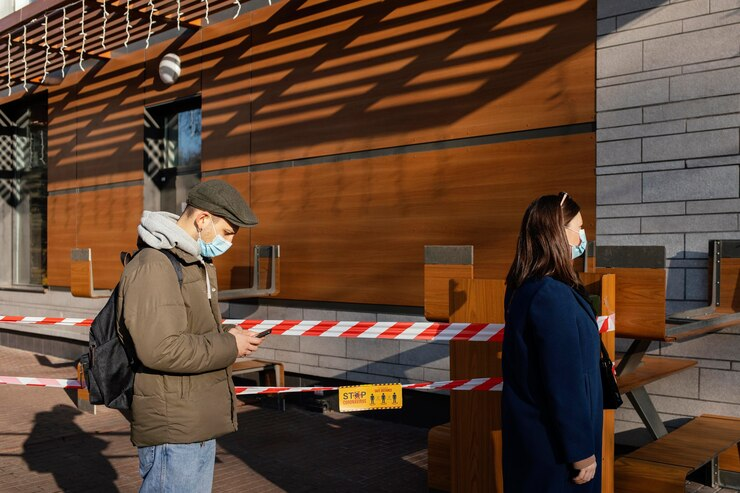As the world becomes increasingly complex and unpredictable, the need for secure and resilient buildings has never been greater. From natural disasters to man-made threats, buildings must be designed to withstand a wide range of challenges while prioritizing the safety and well-being of their occupants. In this article, we’ll explore key strategies for designing safe and resilient buildings that can stand the test of time.
Incorporating Construction Site Security Measures
One of the most important aspects of designing secure buildings is ensuring that the construction process itself is safe and secure. The construction site security measures, such as fencing, lighting, and access control systems, can help protect workers, materials, and equipment during the building phase. By implementing these measures early on, designers can help mitigate risks and ensure that the construction process runs smoothly and efficiently.
Designing for Natural Disasters
Natural disasters, such as earthquakes, hurricanes, and floods, pose a significant threat to buildings and their occupants. Designers must take these risks into account when planning and constructing new buildings. This may involve incorporating features such as reinforced foundations, impact-resistant windows, and emergency evacuation routes. By designing for natural disasters, builders can help ensure that their buildings can withstand even the most severe weather events.
Prioritizing Fire Safety
Fire safety is another critical consideration in building design. Designers must ensure that their buildings are equipped with robust fire detection and suppression systems, as well as clear evacuation routes and signage. Custom Fire Alarm Design can help ensure that these systems are tailored to the specific needs of each building and its occupants. By prioritizing fire safety, designers can help protect lives and minimize property damage in the event of a fire.
Incorporating Security Features
In addition to protecting against natural disasters and fire, designers must also consider the threat of human-caused violence and crime. This may involve incorporating security features such as secure entry points, surveillance cameras, and access control systems. Designers should also consider the layout and flow of the building, ensuring that it promotes visibility and discourages potential intruders.
Promoting Sustainability and Resilience
Finally, designers must consider the long-term sustainability and resilience of their buildings. This may involve incorporating features such as renewable energy systems, water conservation measures, and durable materials. By designing for sustainability, builders can help ensure that their buildings can withstand the test of time and continue to serve their occupants for years to come.
Designing for the Future: Balancing Safety, Security, and Sustainability
As the world continues to evolve and change, the need for secure and resilient buildings will only become more pressing. By prioritizing safety, security, and sustainability in their designs, builders can help create buildings that are not only safe and secure but also environmentally responsible and able to withstand the challenges of the future.
Conclusion
Designing safe and resilient buildings is a complex and multifaceted challenge that requires a comprehensive approach. By incorporating construction site security measures, designing for natural disasters and fire safety, incorporating security features, and promoting sustainability and resilience, designers can help create buildings that can withstand even the most severe challenges. As the world continues to evolve and change, the need for secure and resilient buildings will only become more pressing. By prioritizing safety in their designs, builders can help create a safer and more sustainable future for all.

